by Megan
When SHTF most experienced preppers know it’s important to prepare to hunker down in place or get the jump on the masses and head for their bug out retreat that has been well prepared in advance. But for anyone still in the planning stages of strategic relocation, how do you decide where to relocate or where to buy your bug out retreat? In this article we’ll talk about the criteria that are key to a good prepper location as well as how to ferret out the best small towns for preppers to live in.
Recommended Must Have Criteria for a Good Property Location
Everyone has their own idea of what their little piece of heaven should look like. For most preppers there are some recommended must have criteria. The more of these criteria your property has, the better you will be able to build a sustainable life before, during, and after SHTF.
- Plenty of fresh water sources available on property and nearby areas
- Good soil and accessibility to water for growing food and raising livestock
- A moderate climate or one that you are fully prepared to live in without power.
- Several hundred miles away from potential targets, nuclear power plants, and military installations
- Property or at least a region where livestock can graze naturally
- Land that is free of restrictions that might prevent you from living off-grid prior to or following SHTF such as state and local zoning, easements, HOA rules, etc.
What Makes the Best Small Town for Preppers?
Okay, we all know that most people cannot live in a vacuum and the lone wolf prepper mentality isn’t going to cut it for most of us. This means we are going to need our neighbors during and after a SHTF event if we’re going to survive long-term. It makes sense to include those people living in the small town around your ideal prepper property in your network. So, in addition to the above criteria for your property, what kinds of qualities make the best small towns for preppers to live in?
- A town where you can live a relative normal life until SHTF
- Relative proximity to conveniences such as medical treatment, employment, and other amenities.
- Away from large cities and urban centers (the average person can travel up to 25-30 miles in 3 days)
- Reasonably close enough if you need to commute
- Look for a community of like-minded people
- Values that are aligned or at least tolerant of your own values, morals, behaviors
- Free of mining, drilling, commercial farms, factories, or other types of industries that could pollute the air, water, or ground.
Choosing the Best Town
Okay, so now that we know what we’re looking for in a property and in the best small towns for preppers, below are some recommendations. Keep in mind that choosing a strategic location is a very personal decision and often times means prioritizing between desirable factors based on what your own needs are at the time.
This means someone with health problems that require continued maintenance may need to live closer to town than is suggested simply to have easier access to medical treatment prior to a SHTF event. If you aren’t able to get further away from cities and urban centers or must stay close for one reason or another, you may need to ramp up security and defensive measures to balance things out.
For those who are more experienced and skilled with living off-grid, you can risk being further isolated. If your skills are still limited, you’ll need to depend more on neighbors and small-town amenities before and after SHTF, so you’ll want to stay closer.
The list of top 12 best small towns for preppers to live in given below is simply intended as a guideline to get you thinking about the areas and towns you may want to consider. It is definitely not a definitive list of best small towns for preppers to live in, nor is does it come close to including all the small towns you should consider for your strategic relocation. Your personal situation may lead you to remove or add other small towns from our list.
How to Narrow Down Your List of Small Towns
The first thing to do when you start your strategic relocation research is to narrow your search to the areas or regions that are the best for preppers to consider and suit your own lifestyle needs. To do this, you may want to ponder over several factors in addition to the ones mentioned above including:
- Water Rights and Laws
- Crime Rates
- Climate and Weather
- Population Density
- Government Level of Intrusion
- Gun Laws
- Home Schooling Laws
- Employment Opportunities
- Alternative Energy Regulations
- Political Climate
- Business License Regulations
- Health Code Laws (septic/sewer)
- Disposal of Hazardous Materials and Untreated Waste Laws
Some of the issues above may be more important to you than others. Several of the issues will matter more in the months and years leading up to a SHTF and not as much after a SHTF event.
Top 12 Best Small Towns for Preppers to Live In

#1. Pikeville, Tennessee
Pros
- Approximately 2,000 residents
- Low taxes, low property costs
- Rainwater collection permitted
- Longer growing season (260 days)
- Great natural resources for off-grid living
- Tennessee River area
- Plenty of seclusion
- Located in Sequatchie Valley-bonus
Cons
- Less than 40 miles from Sequoyah Nuclear plant
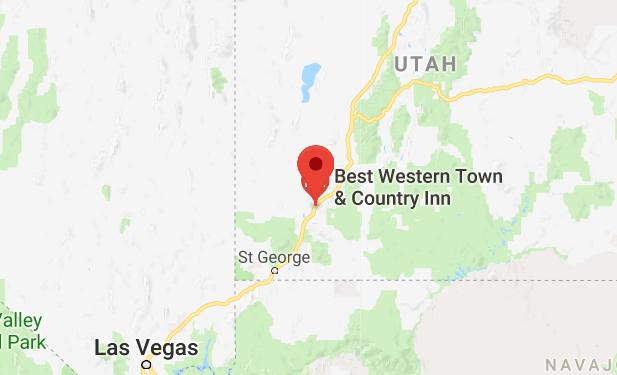
#2. Cedar City, Utah
- Population 25-30,000 people
- Great mountain views
- Independent attitude
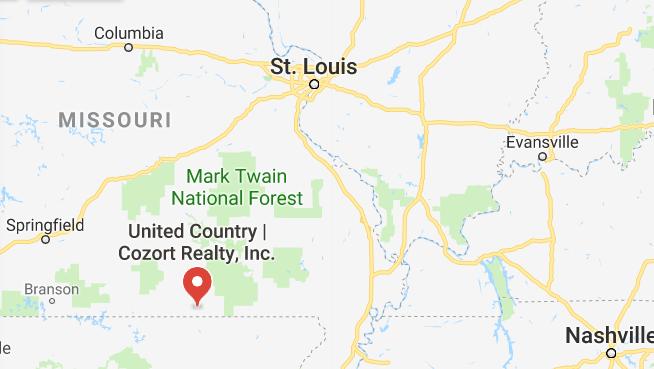
#3. Thayer or Alton Missouri
Pros
- About 2,000 residents
- Southern Missouri location
- Good fishing and hunting areas
- Very gun friendly state
- Most counties allow you to live in any type of home you wish outside city
- Missouri encourages off-grid living; one of the best for off-grid living
Cons
- Rocky soil may necessitate raised bed or alternative gardening methods

#4. Sierra Blanca, Texas
Pros
- Land at less than $1K per acre
- Abundant solar exposure
- Away from large cities
- No building codes or DIY project restrictions

#5. Corvallis, Oregon
Pros
- Oregon names one of the safest places to avoid natural disasters
- One of better states for off grid living
- Home to several off-grid communities (see below)
Cons
- Tougher building and zoning codes in some counties (Osage is building friendly)
- Recent reports indicate some Oregon counties fine residents for using rain barrels
- May be too “yuppie” for some preppers
- Gun laws can be restrictive
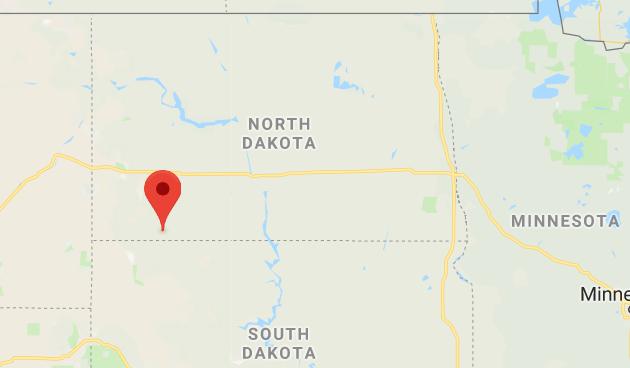
#6. Hettinger, North Dakota
Pros
- Only home to around 1,000 people
- Southwest part of the state
- Reasonably priced land
Cons
- Colder winters; more snow

#7. Carlin, Nevada
Pros
- Around 2,000 people
- Cheap land
Cons
- Hot high desert
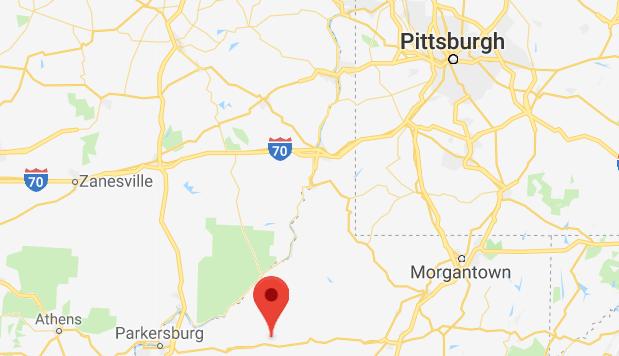
#8. Pennsboro, West Virginia
Pros
- Less than 1,200 residents
- Railroad history and 100-year-old tunnels
- Friendly townsfolk
- Good area for trapping and hunting
- Land as low as 1K per acre
Cons
- Zoning restrictions can vary significantly by town-do your research
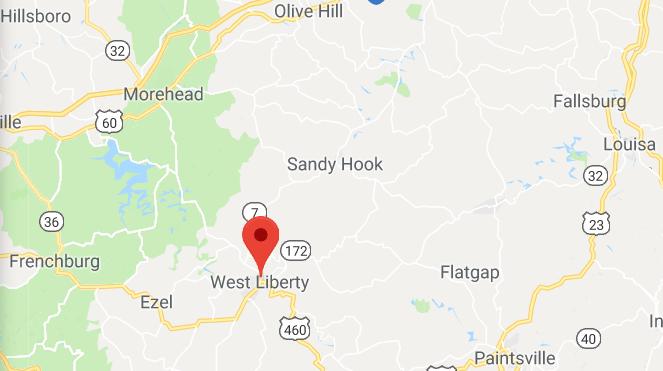
#9. West Liberty, Kentucky
Pros
- Population about 3,000 residents
- Eastern part of state
- Some large tracts of land as low as $500/acre
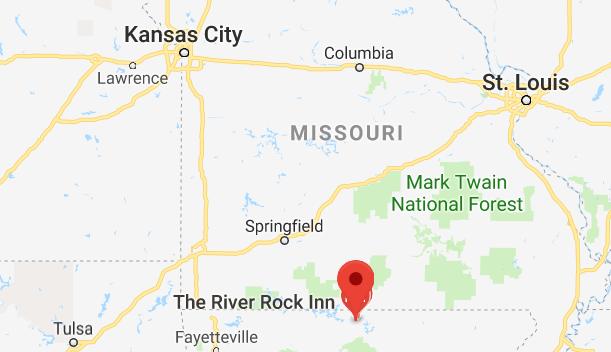
#10. Mountain Home, Arkansas
- About 13,000 residents
- In the Ozark Mountains
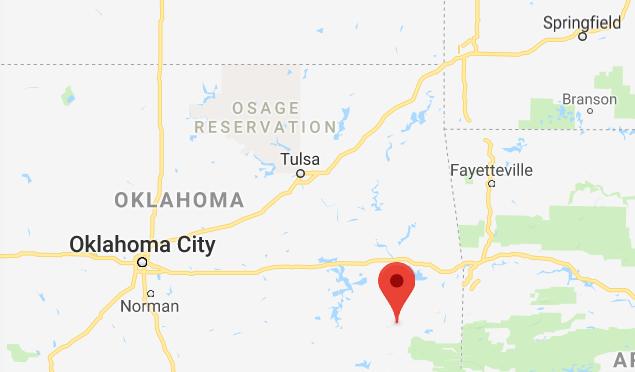
#11. Red Oak, Oklahoma
- Around 500 people
- Southeastern part of state
- Land at less than 1K per acre
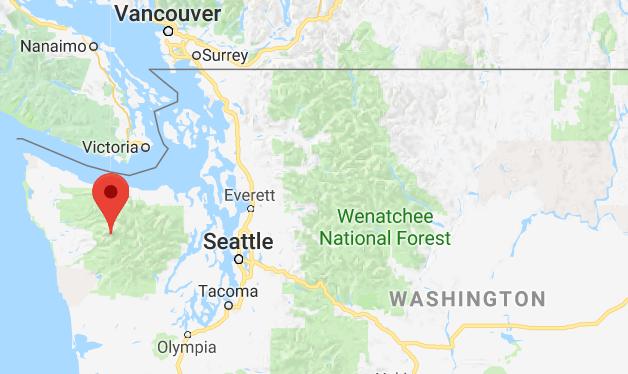
#12. Olympic Peninsula in Washington State
Pros
- Gets cold in winter but survivable
- Lots of fishing and wild game for food
- Edible mushrooms and vegetation
Cons
- Washington State has stricter building codes and laws.
- Not as gun friendly as other states
- Crime rates and drug activity high in some areas of state
Best Regions or General Areas to Consider
If you don’t care for any of the best small towns for preppers to live in list we’ve chosen, below are some wider areas and regions you can consider.
The Appalachian Area
Near the mountains in Tennessee, Kentucky or West Virginia
Pros
- Good opportunity for growing crops
- Moderate weather climate all year
- Good water availability
- Stay west of the mountains to protect against the masses who may migrate from the east coast. (Roughly ⅔ of the population of the United States is in the eastern half of the country)
Cons
- This is a popular area for preppers, so it may get more populated in coming years
The Ozarks Region
Oklahoma, Missouri, and Northwest Arkansas
Pros
- Good water availability (freshwater springs in Southern Missouri)
- Agricultural area
- Popular area for preppers
Cons
- Risk of drought
- Summers can be very hot
Low Population Areas of Florida
Pros
- Endless small lakes
- year round growing
- no winter weather worries
- large elderly population won’t be able to flee
- The Gulf coast north of Tampa is less populated
Cons
- Stay away from Orlando and right along the east coast, also South of Tampa to Everglades is densely populated.
- Population density from south Florida will flee north so choose out of the path of looters and members of the golden horde
- Building an underground shelter is unlikely due to high water table
- Bugs and Insects are prevalent
- In recent cases courts have ruled living off grid even with solar power and rainwater catchments violates the International Property Maintenance Code.
Eastern Panhandle of West Virginia
- Balance of affordable, defendable, self-sustainable properties
- Reasonable commute to D.C., far enough to not be targeted
- Government of West Virginia is very hands off
- Less oppressive regulatory government
- Slightly higher taxes
- Likeminded neighbors (freedom, individualism, self-sustaining lifestyles)
- Friendly firearm state
Southern States from Eastern Texas to Georgia
Pros
- Moderate weather and decent growing season
- Most areas friendlier regarding firearms laws
- East side of North Georgia mountains low taxes and few restrictions
Cons
- May have stricter laws in some areas regarding septic and water line hookups
South Louisiana
Pros
- Bountiful water supply with high groundwater
- Year-round crops
- Swamp provides access to food
Wisconsin along Lake Michigan
Pros
- Resources are abundant
- Short growing season
- Clean well water
- Inland lakes
- Hunting
- Kettle Moraine Forest has plentiful herbs (wild berries, asparagus, etc.)
- Organic dairy farmers for cheese, milk, etc.
- Excellent spring water
Cons
- Land isn’t cheap
Consider Established Off-Grid Communities
Intentional Living Communities are not well-suited for everyone and most politically conservative preppers will want to steer clear of these areas simply due to the fact that residents are generally more left-leaning politically and some may even prohibit use of guns.
Keep in mind these communities are often “ruled” by a committee of residents so there may be rules or regulations you must agree to abide by in order to move in. But if are looking for a likeminded community in exchange for giving up control over your own property, then one of these may be a consideration for you.
Earthaven
- North Carolina Mountains, outside of Asheville
- sustainable focused planned community
- solar and hydro power
- 320 acres with more than 60 residents
Three Rivers Recreation Area in Central Oregon
- more than 600 off grid homeowners
- 4,000-acre community
- solar power electric, satellite TV, high speed internet
- variety of price ranges for homes
Breitenbush
- more than 50 permanent residents
- off grid community
- heated by geothermal wells
Taos, New Mexico
- Greater World Community
- 1st Earthship division
- solar powered
- eco-friendly buildings of adobe or recycled tires
- 634 acres of green space
Dancing Rabbit Ecovillage
- Northeast Missouri
- More than 40 residents
- sustainable living focus
- simple living, renewable energy, homes from reclaimed materials
So, the best way to choose the best small towns for preppers to live in is to make a list of all the issues and criteria that are important for your family and the lifestyle you want to create and then narrow your list down to three or four areas or regions.
Once you have that shortlist, explore the areas to find the best small towns for preppers in those areas. Be sure to consider state and local zoning regulations and building codes to avoid buying property in an area with restrictions that will keep you from living as you wish prior to a SHTF event.
via Modern Survival Online http://ift.tt/2ES8Rx2
No comments:
Post a Comment